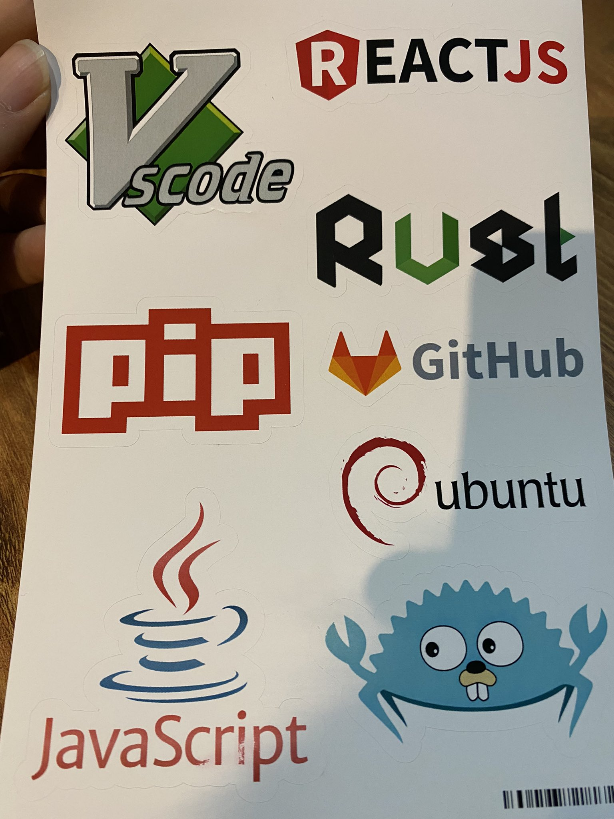I am not overly happy with my current firewall setup and looking into alternatives.
I previously was somewhat OK with OPNsense running on a small APU4, but I would like to upgrade from that and OPNsense feels like it is holding me back with it's convoluted web-ui and (for me at least) FreeBSD strangeness.
I tried setting up IPfire, but I can't get it to work reliably on hardware that runs OPNsense fine.
I thought about doing something custom but I don't really trust myself sufficiently to get the firewall stuff right on first try. Also for things like DHCP and port forwarding a nice easy web GUI is convenient.
So one idea came up to run a normal Linux distro on the firewall hardware and set up OPNsense in a VM on it. That way I guess I could keep a barebones OPNsense around for convenience, but be more flexible on how to use the hardware otherwise.
Am I assuming correctly that if I bind the VM to hardware network interfaces for WAN and LAN respectively it should behave and be similarly secure to a bare metal firewall?


They probably used on of these federation "helper" scripts that just siphons up the entire fediverse. That is just a bad idea and results in a bloated database like they were complaining about.